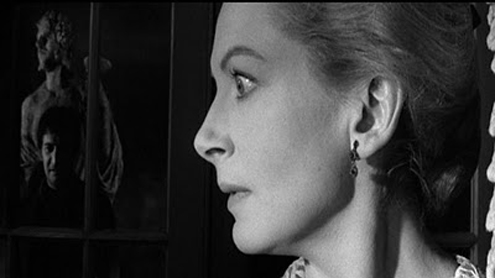‘Some Critical Readings’
The following guide offers interpretations based on genre and three areas of critical theory.
Contents
- Source
- Possible Interpretations
- A Note on the 2 Versions of the Text
- A Psychoanalytical Reading
- A Feminist Reading
- A Marxist Reading
- Suggestions for Comparative Study at A2
1. Source
James heard a similar story in 1895 from his friend, E. W. Benson, the Archbishop of Canterbury. He scribbled in his notebook the following note:
‘...the story of the young children (indefinite in number and age) left to the care of servants in an old country house, through the death presumably of parents. The servants, wicked and depraved, corrupt and deprave the children; the children are bad full of evil to a sinister degree. The servants die (story vague about the way of it) and the apparitions figures return to haunt the house and children to whom they seem to beckon, whom they invite and solicit, from across dangerous places – so that the children may destroy themselves, lose themselves, by responding, getting into their power.’
Henry James made the following comment on his ghosts:
‘Peter Quint and Miss Jessel are not “ghosts? at all, as we now know the ghost, but goblins, elves, imps, demons as loosely constructed as those of the old trials of witchcraft;…
